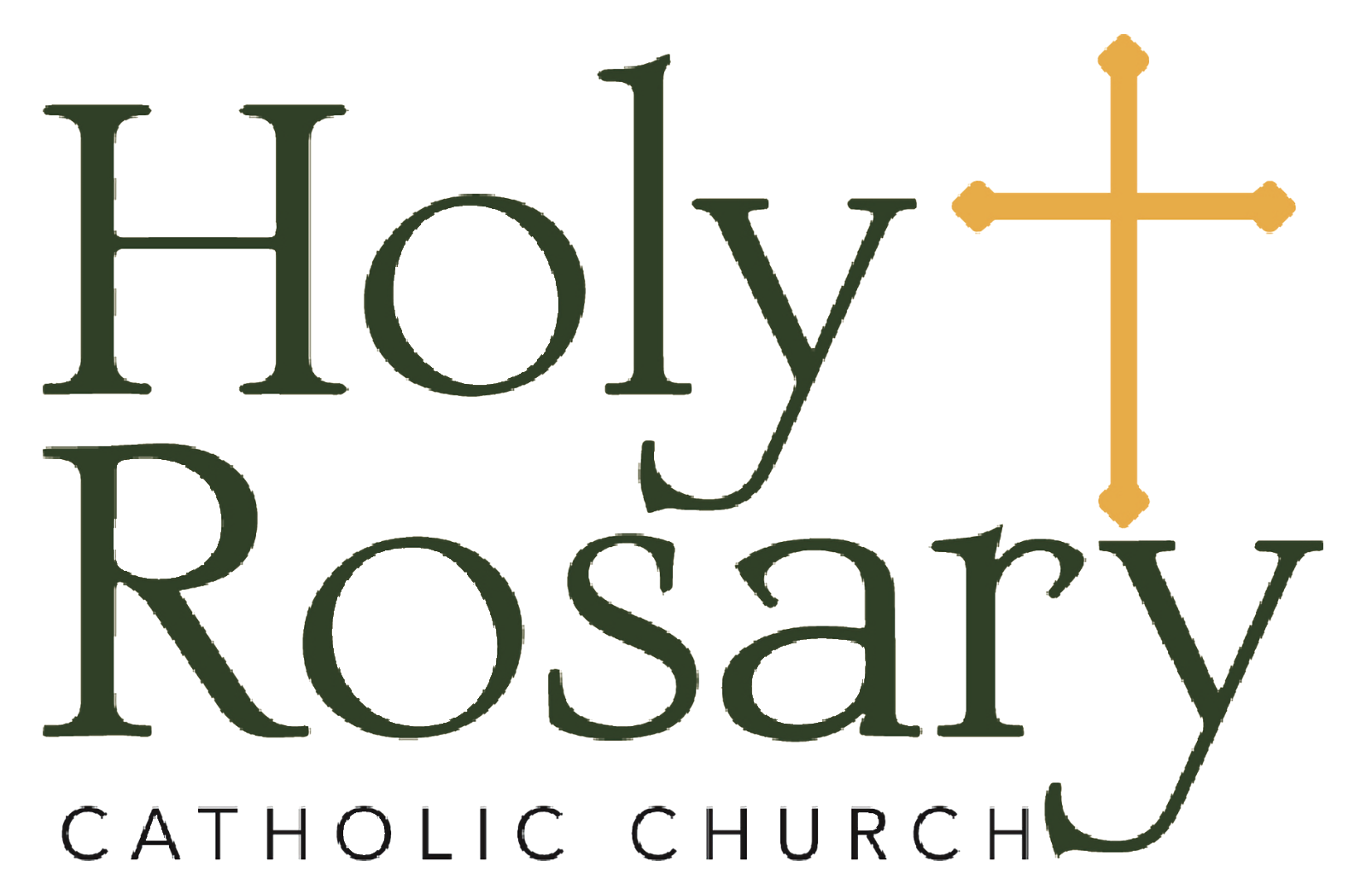News Feed
Browse News from CNA Daily News
Catholic News Agency provides reliable, free, up-to-the-minute news affecting the Universal Church, giving particular emphasis to the words of the Holy Father and happenings of the Holy See, to any person with access to the internet. A service of EWTN News, CNA is proud to offer free access to the latest news items for Catholic dioceses, parishes, and websites, in order to increase awareness of the activities of the universal Church and to foster a sense of Catholic thought and culture in the life of every Catholic. Though its focus is spread throughout the world, CNA closely covers the Catholic Church in the United States and news related to the creation of a culture of life.
catholicnewsagency.com


